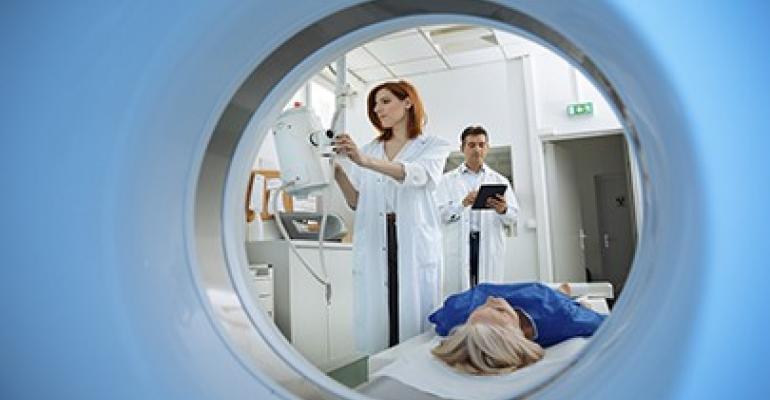Without doubt, the application of ionizing radiation and radioactive materials in diagnostic, interventional and therapeutic procedures in medicine is beneficial for hundreds of millions of people each year. Everyday applications of ionizing radiation for diagnosis and treatment help millions of patients all over the world.
A patient-centred culture is defined by caregivers that are engaged to deliver safe, reliable, high-quality care. Organisations that foster a culture committed to safety not only improve quality of care but also deliver better patient and caregiver experiences, and better outcomes.
Safety has been always a top priority goal of successful healthcare systems. It was maintained by assessing the safety culture of the organisation through direct feedback from employees, nurses and physicians to understand the level of organisational focus on safety as well as develop targeted programmes to achieve this goal.
The radiation safety culture in healthcare facilities is an integral component of safety culture programmes in medical settings.
In order to build a radiation safety culture, the workplace behaviour has to be fully understood. This could be maintained by taking some actions to engage caregivers and patients in the Radiation Safety (RS) culture such as:
- Mapping relevant stakeholders in RS culture in medicine and facilitate the cooperation between stakeholders
- Proper education and training are essential to raise awareness of radiation risk and establish a positive attitude towards Radiation Safety
- To accept and believe that radiation is associated with hazard and to handle radiation with cautiousness
- Engagement of leaders and managers for a strong leadership support focusing on RS to provide commitment to the radiation safety programme
- Caregivers responsibilities for safety has to be clearly defined within the whole organisation (top-down).
- Integrate radiation safety into patient safety procedures/systems
- Preventing accidental and unintended exposures, strengthening radiation safety culture and promoting reporting and learning systems
- Proper risk communication with colleagues, patients and society
- Foster a change in attitude towards RS by establishing training, continuous professional development, awareness sessions as well as education through the following activities: 1) discussions, 2) surveys, 3) organising and hosting stakeholder meetings and workshops, and 4) publishing position papers on key issues
- Reducing unnecessary radiation exposures to patients and caregivers through justification of medical examinations and optimisation of protection
- Make the radiation safety culture a high priority when implemented through hospital management and Quality Assurance (QA) systems
- Assessment of RS programme(s) by internal/external audits to evaluate attitude and level of implementation to identify areas of improvements
- Local system for reporting and follow-up events, with a no-blame policy. Implement corrective actions to prevent future occurrence of events
- Developing an effective communication strategy and providing tools to support benefit-risk dialogue for healthcare providers, patients and caregivers
- Engage the patients with the radiation safety and awareness education Inform the patient about any mistakes or events associated with their procedures if any.
- Promoting good practices by caregivers and recognising and awarding outstanding works.
- Assign passionate radiation safety champions to assist and support the radiation safety culture Improving patient safety and achieving consistent performance in patient safety requires adopting a culture and processes that support high reliability.
- Assessing safety culture at the organisation and work unit-level supports awareness of patient safety issues
- Evaluates the impact of patient safety interventions and performance over time
- Encourage accreditation and recertification programmes for health professionals
- Allocate financial resources to sustain the RS culture in workplace.
Service providers, institutions clinicians, administrators, and policy makers must work together to improve the quality of healthcare through robust programmes of safety in general and radiation safety in particular.


